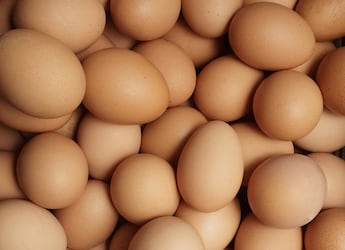Jeff Arnett, the Master Distiller of Jack Daniels came to India a few weeks ago. Yes, there is such a thing as a 'Master Distiller' - someone whose knowledge and sensory skills are key to maintaining the taste and brew of the spirit. It's probably the best job in the world - who would mind such an arduous task as going through multiple tastings, discussions on wooden casks and charred maple syrups to maintain the quality of existing brands or coming up with new variants every now and then. While it sounds simple and rather fun, the actual job entails far more precision and attention to detail that we would ordinarily imagine. From the source of the water, to the temperature at which the spirit is left in casks, to the quality of yeast used- there are more than a few factors that ultimately affect the colour, taste and flavour of what could become your favourite on-the-rocks drink.Jeff is the first Master Distiller for the brand who does not belong to the Jack Daniels family, and only the 7th one in the brands existence of over 150 years. He has in his team close to a 100 people who are trained to taste the different variants and give their valued feedback. He has been at the helm of affairs for many years now, though this was his very first visit to India. Goes to show the overall interest in India's growing whisky loving population. He interacted with a mixed crowd of F&B professionals on a weekday morning and a lot of interesting anecdotes and trivia came out through the course of the 'masterclass.' Here are a few that would interest anyone who enjoy a little mystery and charm surrounding their whiskey.
Advertisement
Advertisement
Advertisement
Advertisement
For the latest food news, health tips and recipes, like us on Facebook or follow us on Twitter and YouTube.
Advertisement
